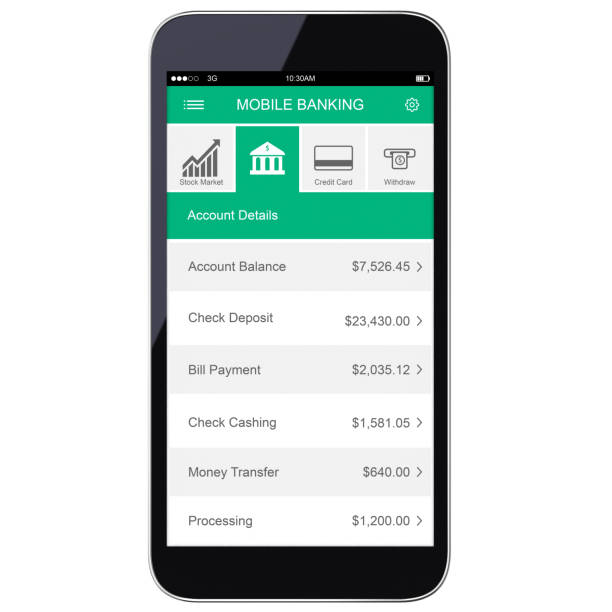How to Prevent Account Takeover Fraud (ATO Fraud)?
Account Takeover Fraud can be easily prevented with monitoring and IPQS proactive fraud prevention tools. Credential stuffing mitigation can defend against account takeover fraud.
As technology advances, fraud also continues to increase in sophistication. Cybercriminals are always trying to stay a step ahead of compliance teams and automated fraud detection. This has resulted in a tech race between companies and cybercriminals, and a surge in ATO – Account Takeover – attacks, a form of cyber-fraud which gain unauthorized access to legitimate account using methods like credential stuffing. Detecting these attacks is quite difficult for most businesses, as fraudsters that operate on this level tend to be very experienced and will do their best to appear as a normal user.
Account Takeover fraud is continuing to become a greater threat over the next few years. CNP estimated that in 2017, ATO and credential stuffing led to a loss of $2.3 billion– well over one-third of the total fraud losses that year. In 2021, mobile based account takeover attacks increased over a whopping 200%. As more companies adopt an account takeover prevention solution, they can quickly protect their user's accounts from unauthorized logins.
Who and what can be affected by ATO Fraud?
Cardholders, Merchants and Payments industries

Account Takeover (ATO) and credential stuffing attacks can be seen as a threat for the individual user, but companies are often held responsible for lost account funds, fraudulent withdrawn balances, and similar costly faults. ATO is especially challenging for the financial industry including banking, payment processing, cryptocurrency exchanges, and similar niches.
This type of fraud results in significantly more loss for the merchant or financial institution, rather than an account holder.
Affected Industries
ATO and credential stuffing is not limited to just credit cards or bank accounts, but can adversely affect marketplaces, exchanges, investment accounts, mobile wallets, and even payment processing gateways.
Insecure Online Activity
A data breach occurs and that’s it! The users of popular email services or users of large social media companies are impacted. Their data is hacked—including passwords, email addresses, phone numbers, home addresses, and other personal identifying information which can be used in credential stuffing attacks.
This information is like gold to hackers and can be sold on the dark web to criminals. Those users then use the legitimate information of these victims to access their most sensitive accounts online.
- Loss due to Monetary fraud. This type is treated as straightforward theft. As a result, there is no recovery by chargeback or other defined measures that allow merchants to compensate losses.
- Cardholder distrust. While the fraud is not the merchant’s fault, the cardholder may be unaware it occurred. He or she may only knows that their credit card was fraudulently used.
- Brand damage. Directly or indirectly, the security breach can greatly hurt the reputation of a business that takes years to bounce back from.
Detecting and Preventing Account Takeover Fraud.
CNP merchants should implement intelligent payment and fraud prevention techniques that use a multilayered security method. The most sophisticated account takeover criminals use the latest trends and tools, and so merchants must have an efficient level of technology so as to enable them to be alert and not fall prey to the ATO attackers.
Some of the fraud prevention tools include:
- Geolocation. Ensure the customer matches the location of the credit card or payment method.
- Biometric analysis. Compare the customer’s fingerprint with that of the cardholder.
- Address verification service. Quick comparison of address to user.
- CVV. 3-4 letter security code that the user will provide to authorize the card.
- 3D Secure. An authentication framework for online transactions.
- SSL. ensures communication between the buyer and payment solution is secure.
- Dark Web Monitoring. tracks compromised billing details and stolen personal data on the dark web.
Merchants should also monitor customer purchasing habits through a credential stuffing monitoring system about unusual high purchases, purchases from an unrecognized address, a change in address, or purchases from a new or unknown device. As goes the saying, prevention is better than cure, it pays for the merchant employ a highly trained support team that calls cardholders when they notice unexpected purchasing activity through their monitoring tools.
Real-Time Account Protection from Bots
Employing efficient bot detection is one of the best ways companies can protect their clients and users from credential stuffing attacks. Being able to identify that the user is a bot, based on sensory parameters like keystroke velocity and mobile device orientation sensors, gives a huge advantage to detecting an ATO attempt or a fraudulent credential from phishing. While identifying human fraudsters in possession of real credentials is vital, it’s only one part of the equation.
Notify Customers with Real-Time Monitoring
Keeping tabs on high risk logins is a great way to detect ATO before bad actions can happen, such as a cybercriminal withdrawing an account's balance. Simply sending the user a quick notice that a "suspicious login" was noticed on their account and locking down the account until the user can confirm their identity, can increase ATO prevention by over 75%. These actions also frustrate criminals that may chose to focus on other companies with less sophisticated account monitoring.
Solving Account Takeover Fraud
Is your company suffering from ATO Abuse?
Bots, fraudsters, and cyber-criminals are thriving their best to break your existing anti-fraud technology. Sophisticated bots and connection tunneling make the fight against fraud quite challenging.
Install IPQS fraud prevention tools in just a few minutes to instantly protect your site, and more importantly protect your clients. Contact our team to learn how we can quickly solve your challenges with account takeover abuse.
Share this article